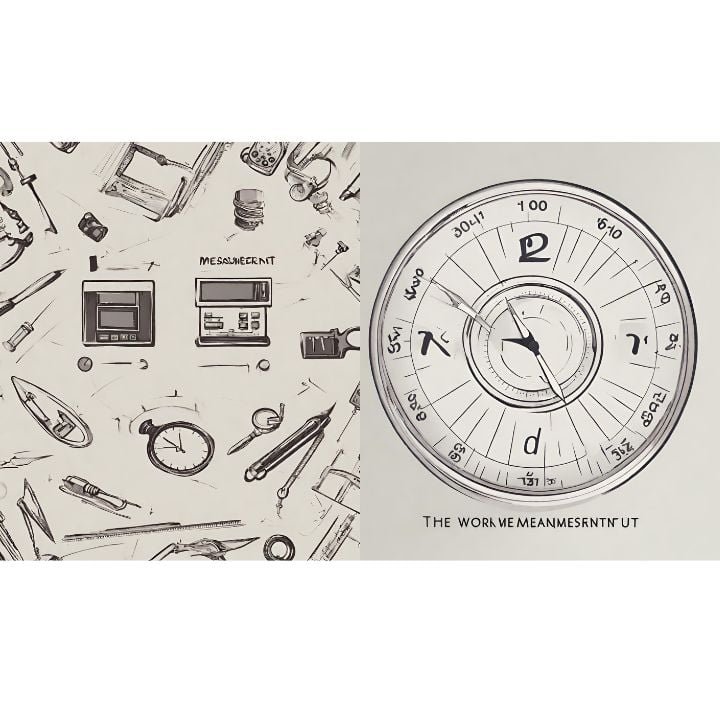In today’s competitive business landscape, the pursuit of efficiency and cost-effectiveness is paramount. One of the most powerful methodologies for achieving these goals is through the application of industrial engineering principles. Reducing Operational Costs via IE is not just a theoretical concept; it’s a practical, results-driven approach that can transform a company’s bottom line. By systematically analyzing and improving processes, organizations can identify inefficiencies, eliminate waste, and optimize resource allocation, leading to significant financial savings and enhanced productivity.
Table of Contents
- What is Industrial Engineering and its Role in Cost Reduction?
- Key Strategies for Reducing Operational Costs via IE
- Measuring Success: KPIs and Metrics
- The Future of IE in Cost Reduction: Emerging Trends
- Conclusion
What is Industrial Engineering and its Role in Cost Reduction?
Industrial engineering (IE) is a branch of engineering that deals with the optimization of complex processes, systems, or organizations. IE professionals work to eliminate waste of time, money, materials, energy, and other resources. Their ultimate goal is to improve productivity and quality while simultaneously cutting costs. Unlike other engineering disciplines that focus on designing products or structures, industrial engineering focuses on how to make or build them more efficiently. This holistic approach makes it uniquely suited for Reducing Operational Costs via IE across various industries.
Core Principles of IE
At its heart, industrial engineering relies on several core principles:
- Process Analysis and Improvement: Systematically examining existing workflows to identify bottlenecks, redundancies, and non-value-added activities.
- Work Measurement: Quantifying the time required to perform tasks to establish standards and improve scheduling.
- Ergonomics: Designing workplaces and tasks to fit the human body, reducing fatigue and improving safety and efficiency.
- Quality Control: Implementing methods to ensure product or service quality, reducing rework and scrap.
- Operations Research: Using mathematical models and algorithms to make optimal decisions.
Key Strategies for Reducing Operational Costs via IE
Applying industrial engineering principles offers a robust framework for cost reduction. Here are several key strategies:
Process Optimization and Lean Principles
Lean manufacturing principles, deeply rooted in IE, are designed to eliminate waste (Muda) in all its forms. This includes overproduction, waiting, unnecessary transport, over-processing, excess inventory, unnecessary motion, and defects. Techniques like Value Stream Mapping (VSM) help visualize the flow of materials and information, identifying areas for improvement. Implementing Kaizen (continuous improvement) events and 5S methodology can lead to immediate and sustained cost reductions by streamlining operations and improving workplace organization.
Supply Chain Management Efficiencies
An optimized supply chain can significantly impact operational costs. IE helps analyze logistics, inventory management, and supplier relationships to find efficiencies. This might involve optimizing transportation routes, negotiating better terms with suppliers, or implementing just-in-time (JIT) inventory systems to reduce holding costs. Effective supply chain management ensures that materials and products move efficiently from raw material to customer, minimizing delays and expenses.
Technology Integration and Automation
The strategic adoption of technology is crucial for modern cost reduction. Industrial engineers assess where automation, robotics, AI, and big data analytics can yield the highest returns. For example, automating repetitive tasks can reduce labor costs and human error, while predictive maintenance using AI can prevent costly equipment breakdowns. Data analytics can provide insights into operational performance, highlighting areas ripe for cost-saving interventions.
Energy Management
Energy consumption is a significant operational cost for many businesses. IE approaches to energy management involve auditing usage, identifying inefficiencies in machinery or building systems, and implementing solutions such as energy-efficient lighting, optimized HVAC systems, or even renewable energy sources. This not only reduces utility bills but also contributes to environmental sustainability.
Measuring Success: KPIs and Metrics
To truly understand the impact of efforts aimed at Reducing Operational Costs via IE, it’s essential to measure progress. Key Performance Indicators (KPIs) and metrics provide quantifiable data on improvements. Examples include:
- Cost of Goods Sold (COGS) reduction
- Labor efficiency (output per hour)
- Inventory turnover rate
- Waste reduction percentage
- Energy consumption per unit of output
- On-time delivery rate
Here is an example of potential cost savings through IE interventions:
| Area of Intervention | Typical IE Strategy | Estimated Cost Reduction (%) |
|---|---|---|
| Manufacturing Processes | Lean Production, Automation | 10-25% |
| Supply Chain Logistics | Route Optimization, JIT Inventory | 5-15% |
| Energy Consumption | Energy Audits, Smart Systems | 8-20% |
| Labor Efficiency | Work Study, Ergonomics | 10-30% |
| Quality Control | Six Sigma, Process Improvement | 5-12% |
The Future of IE in Cost Reduction: Emerging Trends
The field of industrial engineering is constantly evolving, with new trends offering even greater potential for cost reduction. The integration of Industry 4.0 technologies like the Internet of Things (IoT), digital twins, and advanced robotics is transforming operations. Predictive analytics allows businesses to anticipate issues before they become costly problems. Furthermore, the focus on sustainability and circular economy principles is prompting IE professionals to design processes that minimize environmental impact while also driving down resource costs. Embracing these emerging trends will be key for companies looking to maintain a competitive edge and continue to excel at cost optimization.
Conclusion
Reducing Operational Costs via IE is a strategic imperative for any organization aiming for long-term success and profitability. By systematically applying industrial engineering principles, from process optimization and supply chain enhancements to technology integration and energy management, businesses can achieve substantial and sustainable cost savings. The structured approach of IE provides the tools and methodologies to identify inefficiencies, implement effective solutions, and continuously monitor performance. Embracing this discipline is not just about cutting expenses; it’s about building a more resilient, efficient, and ultimately more profitable enterprise.


